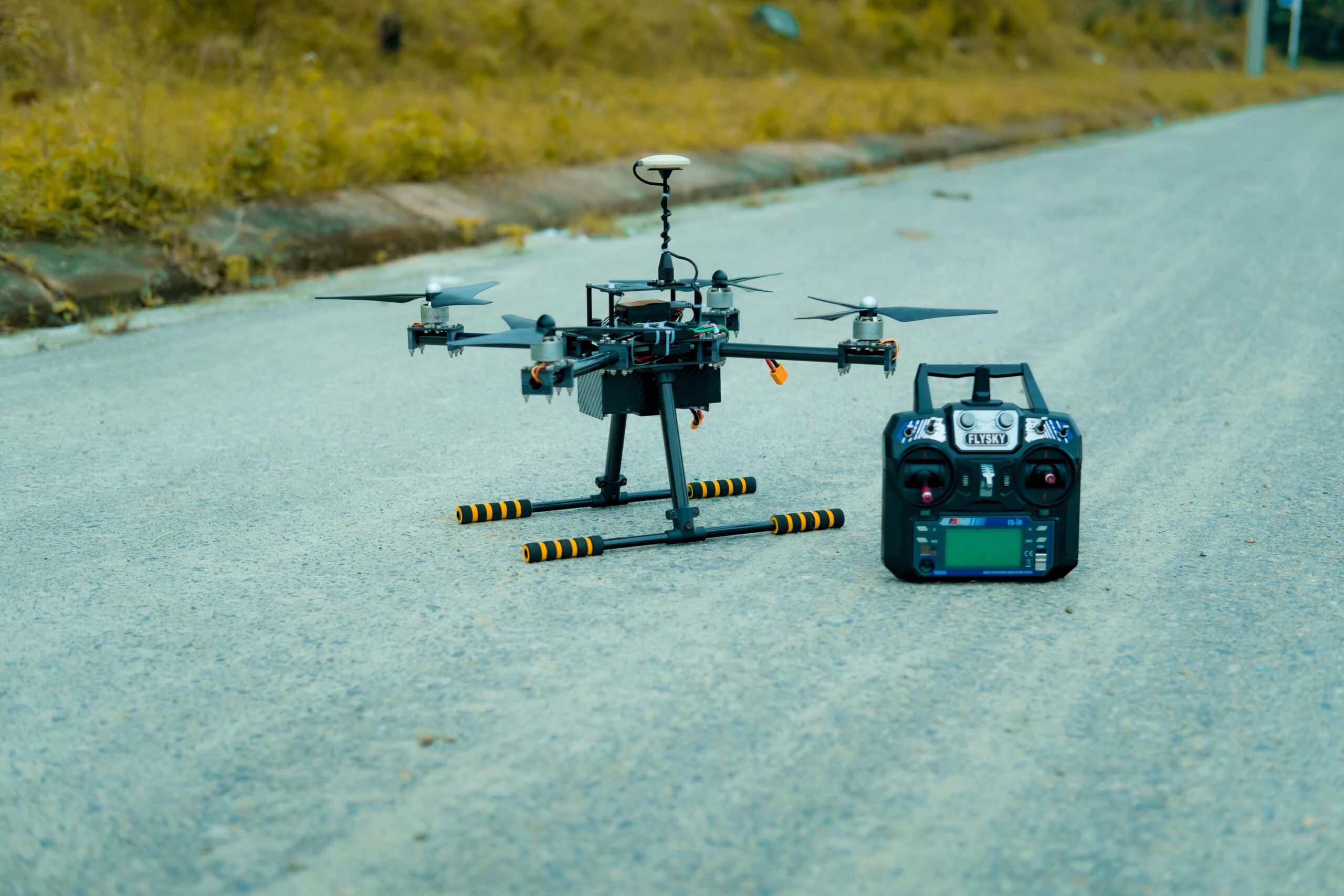Imagine a world where artists, inventors, and creators can protect their intellectual property with ease, without the worry of theft or infringement. This is the power of blockchain technology in the realm of intellectual property rights management. Blockchain, a decentralized and transparent digital ledger, offers immense potential in revolutionizing how we safeguard and manage the ownership and rights of creative works. By leveraging the security, immutability, and efficiency of blockchain, the management and enforcement of intellectual property rights can be simplified and made more accessible for all. In this article, we will explore the various ways in which blockchain is transforming the landscape of intellectual property rights management.

The Basics of Intellectual Property
Definition of Intellectual Property
Intellectual property refers to intangible creations of the human intellect that are protected by law. These creations can include inventions, trademarks, copyrights, and trade secrets. Intellectual property rights grant the creators and owners of these intangible assets exclusive rights to use and exploit their creations for a certain period of time.
Types of Intellectual Property Rights
There are several types of intellectual property rights that protect different forms of creations:
Patents: Patents protect inventions and grant the inventor exclusive rights to make, use, and sell the invention for a limited period of time.
Trademarks: Trademarks are symbols, logos, or names that distinguish products or services from others. They provide brand recognition and protection from infringement.
Copyrights: Copyrights protect original works of authorship such as books, music, art, and software. They give authors and creators the exclusive right to reproduce, distribute, and display their work.
Trade Secrets: Trade secrets refer to confidential business information such as formulas, processes, or customer lists that can provide companies with a competitive advantage. Trade secrets are protected as long as they remain secret.
Industrial Design Rights: Industrial design rights protect the visual appearance of a product, including its shape, configuration, pattern, or ornamentation.
Challenges in Intellectual Property Rights Management
Lack of Transparency and Trust
One of the major challenges in intellectual property rights management is the lack of transparency and trust. With traditional systems, it can be difficult to verify ownership and track the transfer of intellectual property rights. This can lead to disputes and inefficiencies in the intellectual property ecosystem.
Difficulty in Proving Ownership
Proving ownership of intellectual property rights can be a complex and time-consuming process. The burden of proof lies with the owner, and without proper documentation and evidence, it can be challenging to establish ownership. This creates a barrier for small creators and inventors who may not have the resources to protect their intellectual property.
Complexity of Licensing and Royalties
Licensing and royalty agreements are crucial for the commercialization of intellectual property. However, the current process is often complex and cumbersome, involving multiple intermediaries and manual record-keeping. This complexity can lead to delays, disputes, and royalties not being accurately distributed to the rightful owners.
Enforcement of Intellectual Property Rights
Enforcing intellectual property rights can be a daunting task, especially in a globalized and digital world. Different jurisdictions have different laws and regulations, making it difficult to protect intellectual property across borders. Additionally, the rise of online infringement and piracy poses new challenges for intellectual property enforcement.
Understanding Blockchain Technology
Definition and Characteristics of Blockchain
Blockchain is a decentralized and distributed ledger technology that securely records and verifies transactions across multiple computers or nodes. It is characterized by its immutability, transparency, and security. Each transaction, or block, is linked to the previous one in a chain, creating a transparent and tamper-resistant record of all activities.
Components of Blockchain
Blockchain consists of several key components:
Decentralization: Blockchain operates on a peer-to-peer network where no central authority controls the system. This decentralization ensures that no single entity has full control or can manipulate the data.
Cryptography: Cryptographic techniques are used to secure and protect the data stored in the blockchain. Transactions are encrypted and linked together using cryptographic hashes, ensuring the integrity and confidentiality of the information.
Consensus Mechanisms: Consensus mechanisms, such as proof of work or proof of stake, are used to validate and agree on the content of each block in the chain. This ensures that all participants in the network reach a consensus on the state of the blockchain.
Advantages and Benefits of Blockchain
Blockchain technology offers several advantages in the context of intellectual property rights management:
Transparency: Blockchain provides a transparent and auditable record of ownership, transactions, and licensing agreements. This transparency reduces disputes and increases trust among stakeholders.
Security and Data Integrity: The decentralized nature of blockchain, coupled with its cryptographic techniques, ensures enhanced security and data integrity. Intellectual property records stored on the blockchain are protected from tampering and unauthorized access.
Efficiency: By automating manual processes and eliminating intermediaries, blockchain can streamline intellectual property management. This leads to faster and more efficient licensing and royalty distribution.
The Role of Blockchain in Intellectual Property Rights Management
Immutable and Transparent Ownership Records
Blockchain technology can revolutionize the way ownership of intellectual property is recorded and verified. By storing ownership records on the blockchain, a transparent and tamper-proof record is created. This eliminates the need for intermediaries and reduces the risk of fraudulent claims or disputes over ownership.
Smart Contracts for Licensing and Royalties
Smart contracts, which are self-executing contracts with predefined rules and conditions, can be used to automate licensing and royalty agreements. By embedding these contracts into the blockchain, the terms and conditions of the agreement can be enforced automatically. This ensures accurate and timely royalty distribution to the rightful owners.
Proof of Existence and Timestamping
Blockchain can provide a secure and immutable proof of existence for intellectual property assets. By timestamping creations and storing them on the blockchain, creators can establish a verifiable record of their work. This can be particularly valuable in cases of disputes or infringements.
Enhanced Security and Data Integrity
The decentralized and cryptographic nature of blockchain ensures enhanced security and data integrity for intellectual property records. By eliminating the risk of data tampering or unauthorized access, blockchain provides a more secure environment for storing and managing intellectual property rights.

Case Studies of Blockchain Implementation in Intellectual Property
AScribe: Protecting Artists’ Rights
AScribe is a blockchain-based platform that allows artists to register and protect their digital art. By timestamping their work on the blockchain, artists can prove ownership and create a transparent record of their art’s history. This helps prevent unauthorized use and ensures fair compensation for artists.
IPCHAIN: Digital Intellectual Property Depository
IPCHAIN is a blockchain platform that aims to create a decentralized and secure repository for intellectual property assets. By storing intellectual property records on the blockchain, IPCHAIN provides a transparent and tamper-proof record of ownership and licensing agreements. This simplifies the process of proving and protecting intellectual property rights.
Ujo Music: Transparent Artist Royalties
Ujo Music is a blockchain-based platform that enables artists to manage and track their royalties. By using smart contracts on the Ethereum blockchain, Ujo Music ensures transparent and automated royalty distribution. This empowers artists to have more control over their earnings and reduces the complexity of traditional royalty systems.
Mycelia: Blockchain-based Music Rights Management
Mycelia, founded by musician Imogen Heap, is a blockchain-based platform that aims to create a fair and transparent music ecosystem. By leveraging blockchain technology, Mycelia enables artists to track and manage their music rights, ensuring fair compensation and better control over their creations.
Potential Benefits and Advancements
Reduced Costs and Efficient Processes
By eliminating intermediaries and automating processes, blockchain can reduce costs and increase efficiency in intellectual property rights management. Streaming the licensing and royalty process through smart contracts can eliminate paperwork and manual record-keeping, saving time and resources.
Automated Licensing and Royalties
With blockchain technology, licensing and royalty agreements can be automated through smart contracts. This eliminates the need for intermediaries and ensures accurate and timely royalty payments to right holders. Additionally, blockchain can facilitate real-time tracking of usage and distribution of intellectual property assets, enabling better monitoring and enforcement of licenses.
Global Accessibility and Collaboration
Blockchain technology allows for the global accessibility and collaboration of intellectual property assets. By creating a decentralized network, blockchain enables creators, inventors, and rights holders from different countries and jurisdictions to securely share, license, and collaborate on their creations.
Prevention of Counterfeiting and Piracy
Counterfeiting and piracy pose significant challenges in intellectual property rights management. With blockchain, each transaction and transfer of the intellectual property can be recorded and verified, reducing the risk of counterfeit goods and unauthorized use. The transparent nature of blockchain also helps in identifying and taking action against infringing activities.

Legal and Regulatory Considerations
Intellectual Property Laws and Jurisdictions
Blockchain implementation in intellectual property needs to consider the existing intellectual property laws and regulations in different jurisdictions. Since intellectual property laws vary from country to country, it is essential to ensure that blockchain systems comply with relevant legal frameworks.
Data Privacy and Protection
As blockchain stores data in a distributed manner, data privacy and protection become crucial considerations. Intellectual property records stored on the blockchain may contain sensitive information, such as trade secrets or proprietary algorithms. Ensuring proper privacy measures and compliance with data protection laws is essential.
Smart Contract Legality
The legality of smart contracts is an evolving area of law. It is crucial to ensure that the terms and conditions embedded in smart contracts are legally enforceable. Transparency and clarity in drafting smart contracts can help ensure compliance with relevant contract laws.
Challenges and Limitations of Blockchain in Intellectual Property
Scalability and Performance
Blockchain technology faces scalability and performance challenges when applied to large-scale intellectual property management. As the number of transactions and participants on the blockchain grows, the system may experience delays and reduced efficiency. Scaling solutions, such as layer two protocols or sharding, need to be explored to address these challenges.
Integration with Existing Systems
Integrating blockchain technology with existing intellectual property systems and databases can be complex. Legacy systems may not be compatible with blockchain, requiring significant changes and upgrades. Ensuring seamless integration and data migration is a significant challenge in implementing blockchain in intellectual property rights management.
Resistance to Change and Adoption
The adoption of blockchain technology in intellectual property rights management may face resistance from stakeholders who are reluctant to embrace new technologies. Educating stakeholders on the benefits and potential of blockchain is crucial for driving adoption and overcoming resistance to change.
Potential for Error or Fraud
While blockchain technology provides enhanced security and transparency, it is not immune to human error or fraud. Weaknesses in the underlying cryptographic algorithms or vulnerabilities in the smart contract code can be exploited. Regular auditing and thorough testing of blockchain systems are essential to minimize the risk of errors or fraud.

Future Outlook and Potential Development
Standardization and Interoperability
To facilitate widespread adoption of blockchain in intellectual property rights management, standardization and interoperability are key. The development of common standards and protocols will ensure compatibility between different blockchain platforms and enable seamless collaboration and data exchange.
Integration with Internet of Things (IoT)
The integration of blockchain with the Internet of Things (IoT) can open up new possibilities in intellectual property rights management. By leveraging the decentralized and secure nature of blockchain, IoT devices can securely timestamp and record the usage of intellectual property assets, enabling better tracking, enforcement, and monetization.
Blockchain as Evidence in Legal Disputes
Blockchain can serve as an immutable and timestamped source of evidence in legal disputes involving intellectual property. The transparent and tamper-proof nature of blockchain records can provide valuable evidence of ownership, creation, and licensing agreements. This can simplify the legal process and help resolve disputes more efficiently.
Conclusion
The use of blockchain technology in intellectual property rights management has the potential to transform the way intellectual property is protected, managed, and monetized. By addressing challenges such as transparency, trust, and enforcement, blockchain can provide a more secure and efficient ecosystem for creators, innovators, and rights holders. Continued exploration, innovation, and collaboration between the blockchain and intellectual property communities will pave the way for a future where intellectual property rights are protected and valued in a transparent and decentralized manner.

